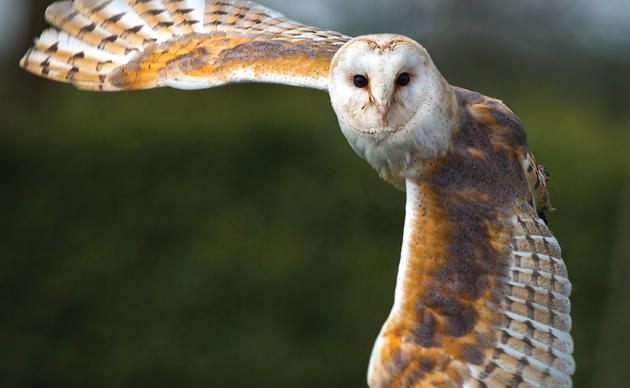Audubon North Carolina has 10 amazing chapters across the state who help put a local focus on bird preservation and conservation issues. In this special blog series, we’ll focus on a chapter each month to learn more about their history, what they are working on, and to increase the statewide understanding of special ecosystems and habitats. Each month will include a series of posts about each chapter including a post from our biologists that will share a unique research project that is happening in the chapter’s geographic footprint.
This month, we get to know the Audubon Society of Forsyth County http://www.forsythaudubon.org/. Read on to learn more about our chapter serving Winston-Salem.
It’s a cold winter’s day in North Carolina. Do you know where your Wood Thrushes are?
In Forsyth County, we are getting ready to start finding out.
Though the winter range of this well-loved bird is well known – it stretches from southern Mexico to Panama – there are many gaps in knowledge of connections between breeding sites and wintering sites. One of those gaps is the state of North Carolina.
To find out where our birds right here in Forsyth County go, we are participating in a cutting-edge research study orchestrated by Audubon’s International Alliances Program and scientists at the Smithsonian Migratory Bird Center and the University of California at Los Angeles. Audubon groups in New York, Connecticut, and Minnesota are also participating in this study.
This May, a pair of Smithsonian technicians will spend a week in Forsyth County, putting GPS tags and geo-locators on 20 of our birds, and keeping a few small feathers from each bird for genetic and isotope sampling. Each bird will get colored leg bands and a metal U.S. Fish and Wildlife Service band with a unique number.
During April and May 2015, we'll help locate and recapture those birds to find out where they wintered and the path they took to get there, with just as much accuracy as the GPS in your car! The birds must be recaptured in order to collect the data, so our members will be busy combing the woods to find them.
Before we signed up for this research study, we were already acting locally to help the Wood Thrush through our Lights Out efforts downtown. The Wood Thrush is a common window-collision victim, and reducing lighting reduces collisions. We also help the Wood Thrush by planting native plants that provide summer berries for breeding birds and juveniles, and fall berries that provide excellent fuel for southbound birds. At Historic Bethabara Park, we planted a Wood Thrush garden with Serviceberry, Spicebush and Inkberry.
Now we’re acting globally, too! Filling out the map of migratory connections – which breeding birds winter where – will help focus conservation efforts on the most important areas.
We have to admit, we’re all hoping some of our birds will go to Belize. Eager to get into international conservation, we have begun helping Belize Audubon – a longtime partner of Audubon’s International Alliances Program – with eBird data entry and with bird surveys this winter. At this very moment, a team of Forsyth Audubon members might just be looking at a Wood Thrush in Belize! But where will it go in April?
Audubon North Carolina oversees statewide conservation projects year-round. To donate to this and other efforts protecting birds, click here.



